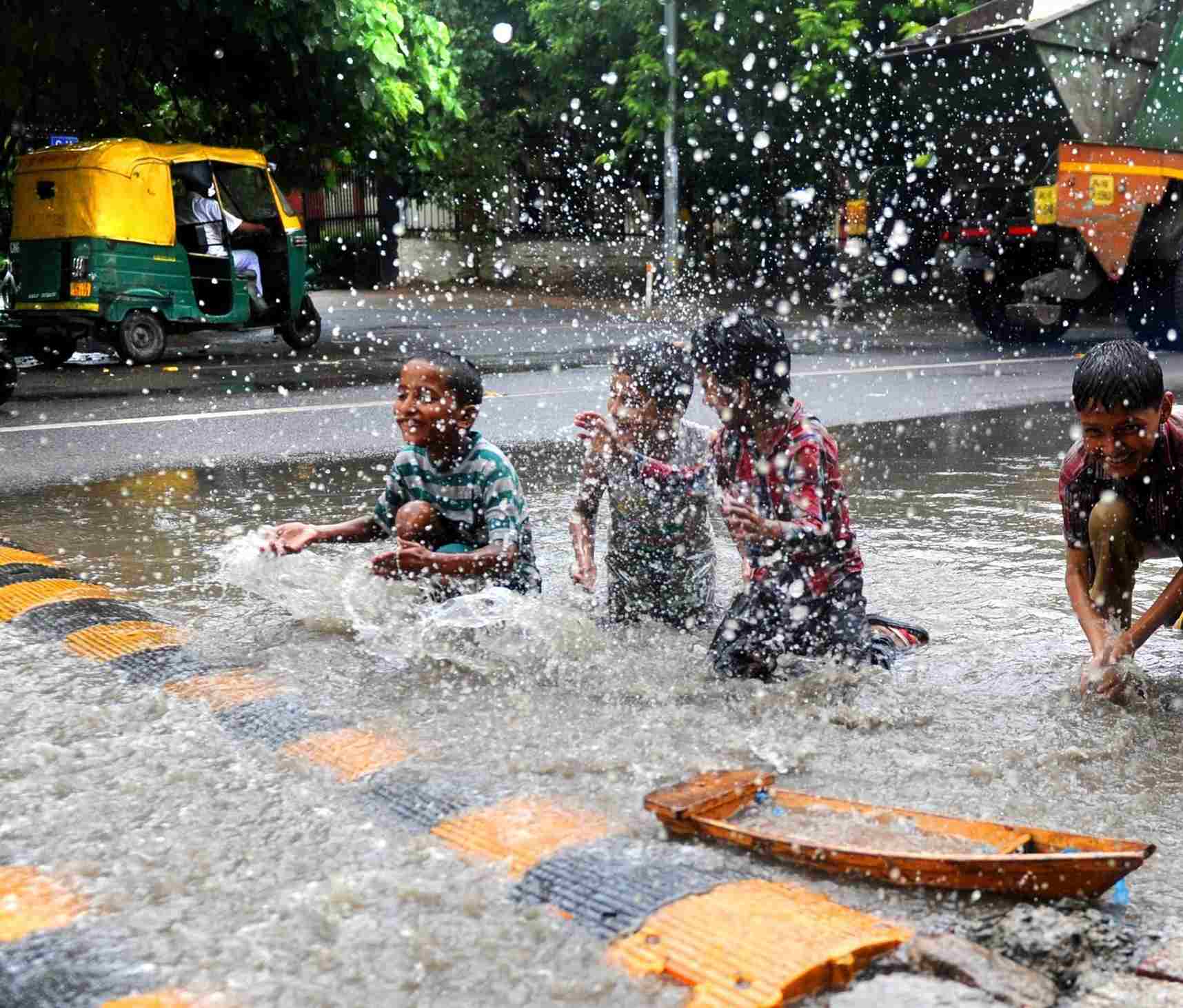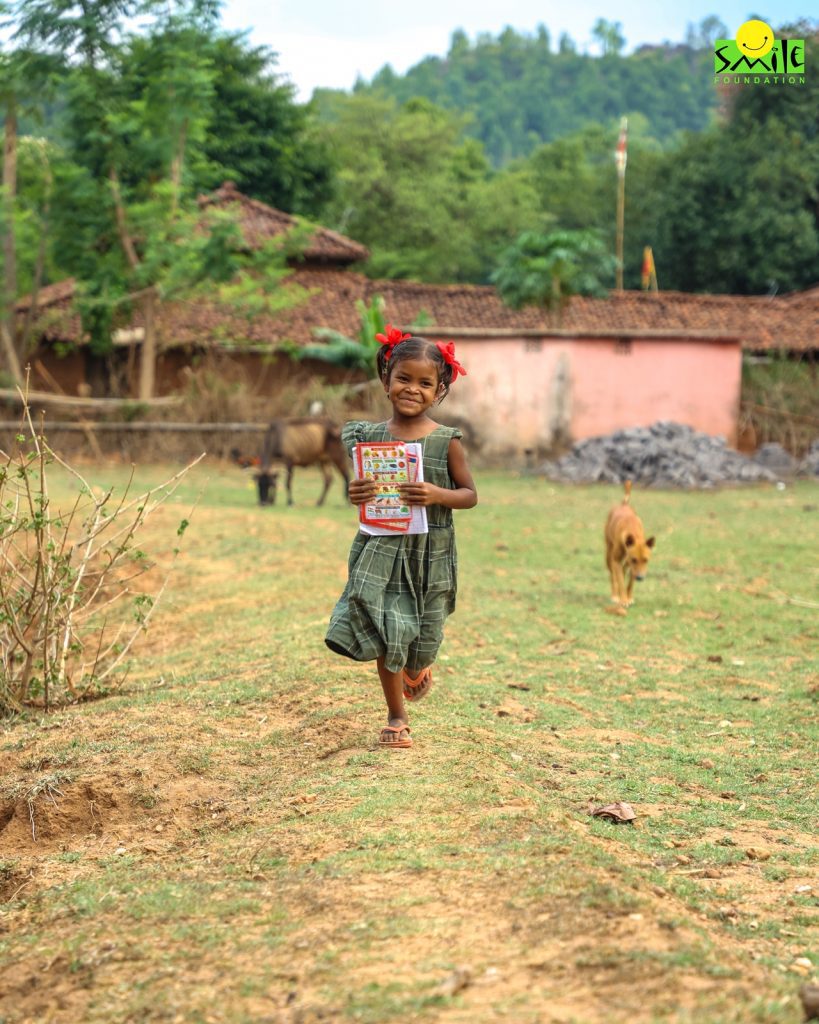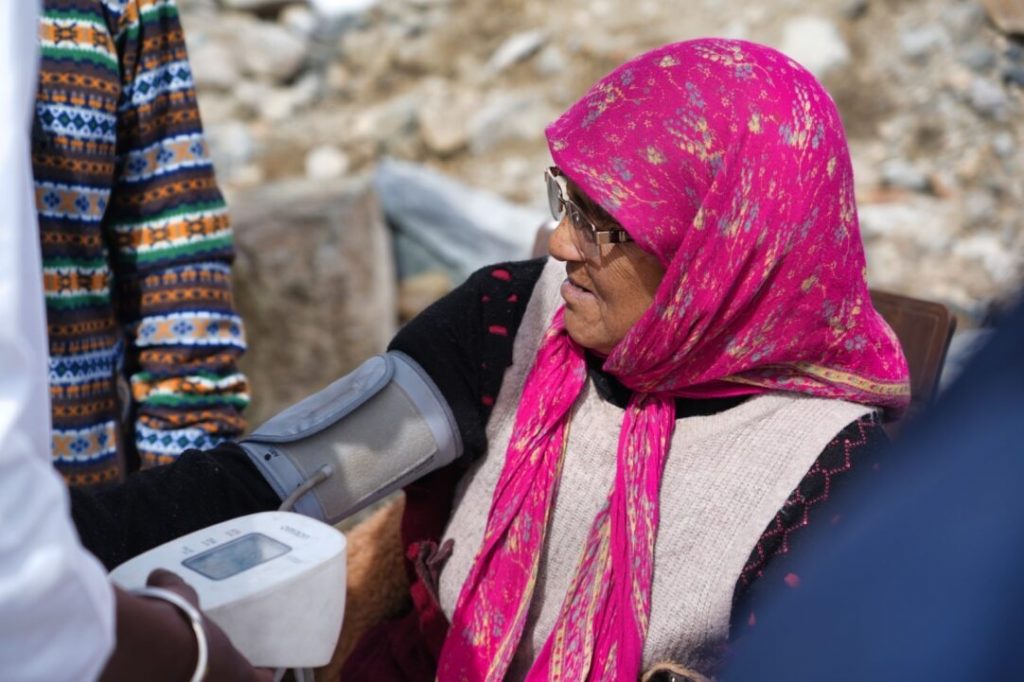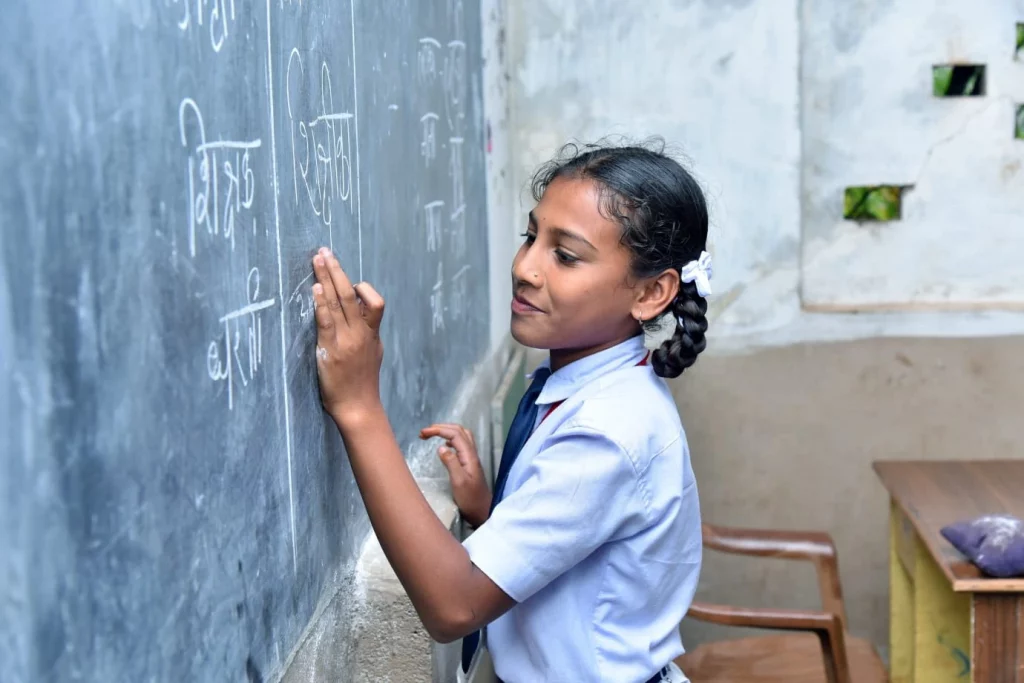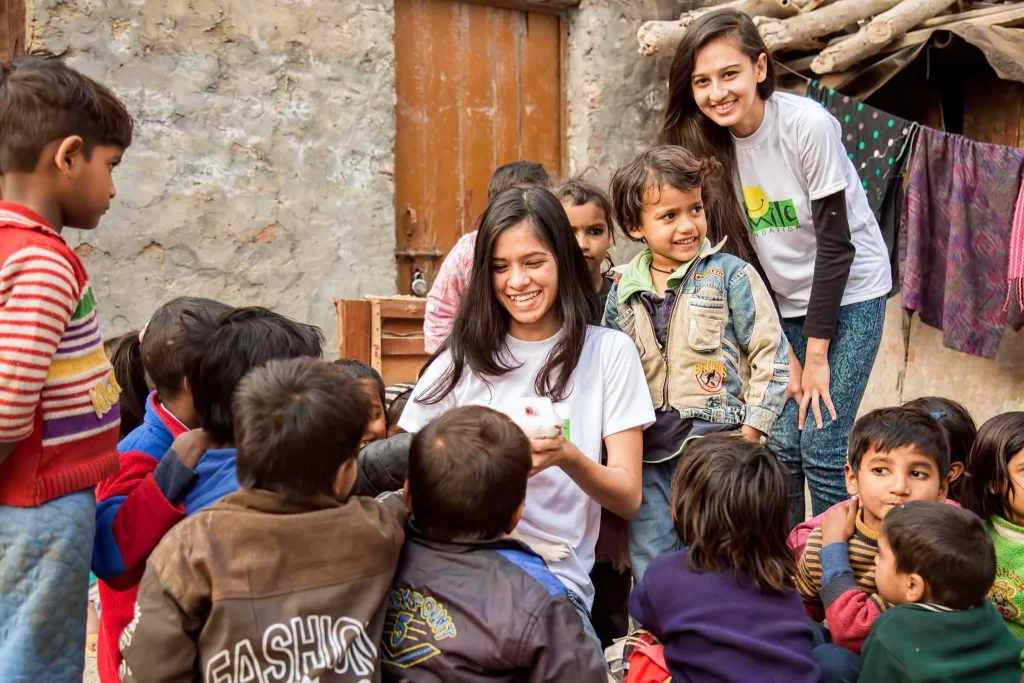The 29th UN Climate Change Conference, or COP29, was held at the Olympic Stadium in Baku, Azerbaijan, from November 11 to 22, 2024. Guided by the slogan “In Solidarity for a Green World,” the conference led to important dialogue exchange on the ongoing struggle to combat climate change. Branded as the “finance COP,” the conference emphasized the importance of securing resources to address the climate crisis. For South Asia, a region disproportionately vulnerable to rising seas, erratic monsoons, and devastating cyclones, the stakes have never been higher. The outcomes of COP29 offer a mixed bag, highlighting the urgent need for equitable finance, regional cooperation, and innovative adaptation strategies to secure a sustainable future.
South Asia: The Epicenter of Climate Vulnerability
South Asia is home to nearly a quarter of the global population but accounts for only a fraction of global greenhouse gas emissions. Yet, the region faces disproportionate impacts of climate change. Bangladesh, for instance, loses about 1.5% of its GDP annually to climate-related disasters. Meanwhile, India, with its sprawling coastline and dependence on monsoon agriculture, faces mounting losses from floods and droughts. According to a World Bank report, by 2050, climate change could force over 40 million people in South Asia to migrate internally.
The region’s vulnerability stems from its geographic and socio-economic characteristics. Himalayan countries like Nepal face glacial melts and erratic monsoon rains, while island nations like the Maldives confront rising sea levels. Pakistan’s 2022 floods, which displaced 7.9 million people and caused $30 billion in economic losses, underscore the urgency of addressing climate-induced loss and damage. Despite these dire circumstances, COP29 outcomes have left significant gaps in addressing the region’s needs.
Climate Finance: A Lifeline or a Mirage?
One of the most contentious issues at COP29 was the New Collective Quantified Goal (NCQG) on climate finance. The agreement to mobilize $300 billion annually by 2035 marks a step forward but falls woefully short of the $1.3 trillion needed annually by 2030 for developing nations. For South Asia, this financing gap poses a major barrier to implementing crucial adaptation and mitigation projects.
India strongly criticized the proposed increase as “too little, too distant” to meet the urgent needs of developing countries. Harjeet Singh, a prominent climate activist, described the outcome as offering “false hope” and abandoning vulnerable communities to face immense challenges alone. The emphasis on loans rather than grants, termed by experts as “climate colonialism,” risks plunging countries into debt cycles. Bangladesh, for instance, has expressed concerns over the lack of debt relief measures and the reliance on multilateral development banks to mobilize climate funds predominantly through loans.
The Green Climate Fund (GCF), seen as crucial for developing nations, has plans to triple its funding by 2030. However, without strong systems to focus on the most vulnerable countries, South Asia’s climate efforts remain uncertain.
Energy Transition
The Global Stocktake at COP29 emphasized the critical need to transition away from fossil fuels to achieve the 1.5°C target. For South Asia, where fossil fuels still account for over 60% of the energy mix, this transition is fraught with challenges. Balancing economic growth with decarbonization remains a delicate act.
India’s Nationally Determined Contributions (NDCs) include an ambitious target to achieve 50% cumulative electric power capacity from non-fossil fuel sources by 2030. However, the absence of clear guidelines on coal phase-outs and fossil fuel subsidies at COP29 reflects the persistent divide between developed and developing nations. India has called for tailored energy transition strategies that do not impose undue obligations but instead provide support to achieve energy goals equitably.
Adaptation and Resilience: The Need for Grassroots Solutions
While mitigation often dominates climate dialogues, adaptation is crucial for South Asia’s survival. Discussions at COP29 on the Global Goal on Adaptation (GGA) made progress by identifying indicators to track adaptation efforts. However, the increased focus on large-scale, long-term changes risks overshadowing immediate, practical needs.
Bangladesh’s National Adaptation Plan prioritizes flood-resilient infrastructure and early warning systems. Yet, funding remains a major challenge. Nepal, struggling with glacial melt and erratic monsoons, sought global recognition of the disproportionate impacts on Himalayan countries and funding for resilience-building projects. The deadlock over National Adaptation Plans (NAPs) at COP29 adds to the challenges, leaving countries like the Maldives without clear support.
Localized adaptation strategies, such as mangrove restoration in the Sundarbans and drought-resistant crops in Rajasthan, offer promising solutions. However, these efforts hinge on equitable finance and technology transfers, areas where COP29 made strides but also exposed gaps.
Regional Cooperation: A Missed Opportunity
Climate change knows no borders, yet regional cooperation in South Asia remains elusive. With Himalayan glaciers melting at alarming rates, the water security of millions is under dire threat. Geopolitical tensions have hindered initiatives like the South Asia Co-operative Environment Programme (SACEP), and critical issues like transboundary water management were inadequately addressed at COP29.
The Indus Waters Treaty between India and Pakistan is an example of the strain climate stress can place on cross-border agreements. Rising sea levels, desertification, and extreme weather events are driving significant migration from coastal areas to urban centers, further complicating regional dynamics. Shared solutions to shared problems, such as cooperative flood management and regional energy grids, are essential but remain underexplored.
COP29 highlighted the urgent need for funding and global cooperation to fight climate change. For South Asia, the stakes couldn’t be higher—livelihoods, ecosystems, and future generations hang in the balance. Though some progress was made, the lack of accountability and fair financing undermines trust in global efforts. As the world prepares for COP30, it is imperative to move from rhetoric to action. Only through equitable finance, technology transfers, and inclusive policies can we hope to secure a sustainable future for South Asia and the planet. The question remains: Will the world rise to the occasion, or will the voices of the vulnerable continue to be drowned in the clamor of global inaction?
Smile Foundation’s active contribution
Smile Foundation actively contributes to climate action in South Asia through various initiatives aimed at education, food security, and resilience building. Recognizing the profound impact of climate change on children’s education, the foundation highlights how extreme weather events, such as heatwaves, disrupt schooling in South Asian countries. To address this, Smile Foundation emphasizes the integration of climate adaptation measures into educational policies, ensuring that learning environments remain conducive despite climatic challenges.
In the realm of food security, Smile Foundation’s ‘Plate Half Full’ initiative provides mid-day meals to children in schools across India. This program not only combats hunger but also educates communities about proper nutrition, thereby building resilience against the adverse effects of climate change on food availability.
Furthermore, the foundation underscores the importance of Water, Sanitation, and Hygiene (WASH) programs in building resilience to climate change. By ensuring access to clean water and sanitation, these initiatives help communities adapt to climate-induced challenges, such as water scarcity and health issues, thereby enhancing their overall resilience.
Through these multifaceted efforts, Smile Foundation aligns with the outcomes of COP29, addressing critical issues like education disruption, food insecurity, and the need for grassroots adaptation strategies in South Asia.

